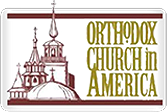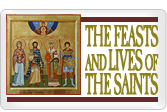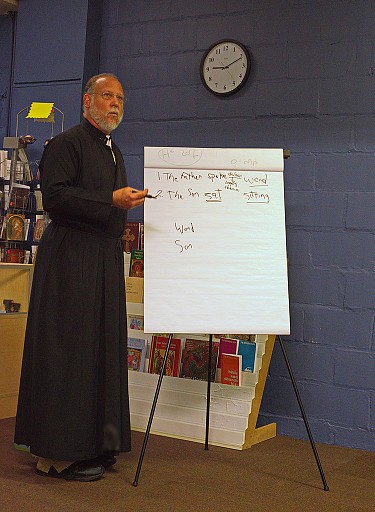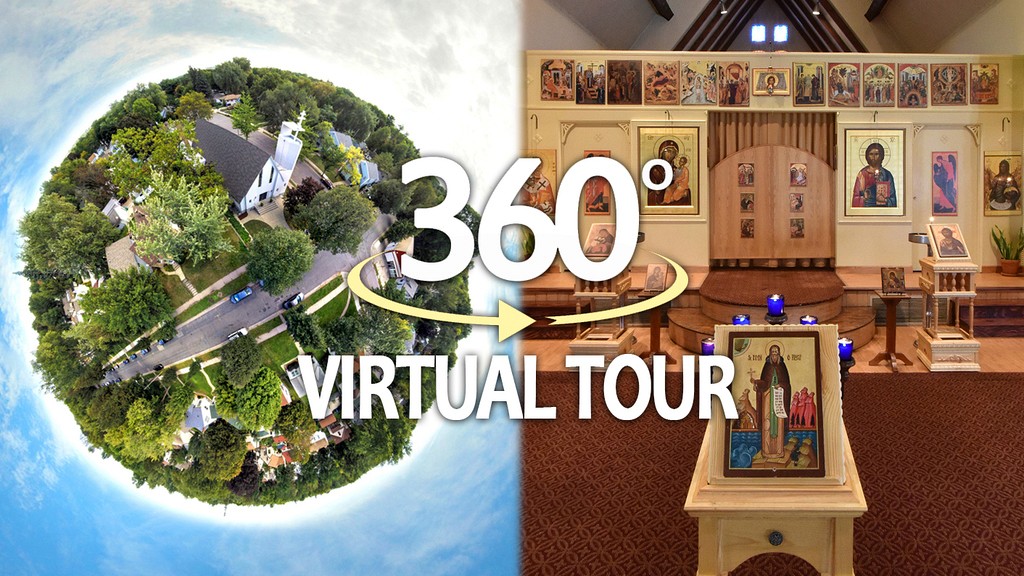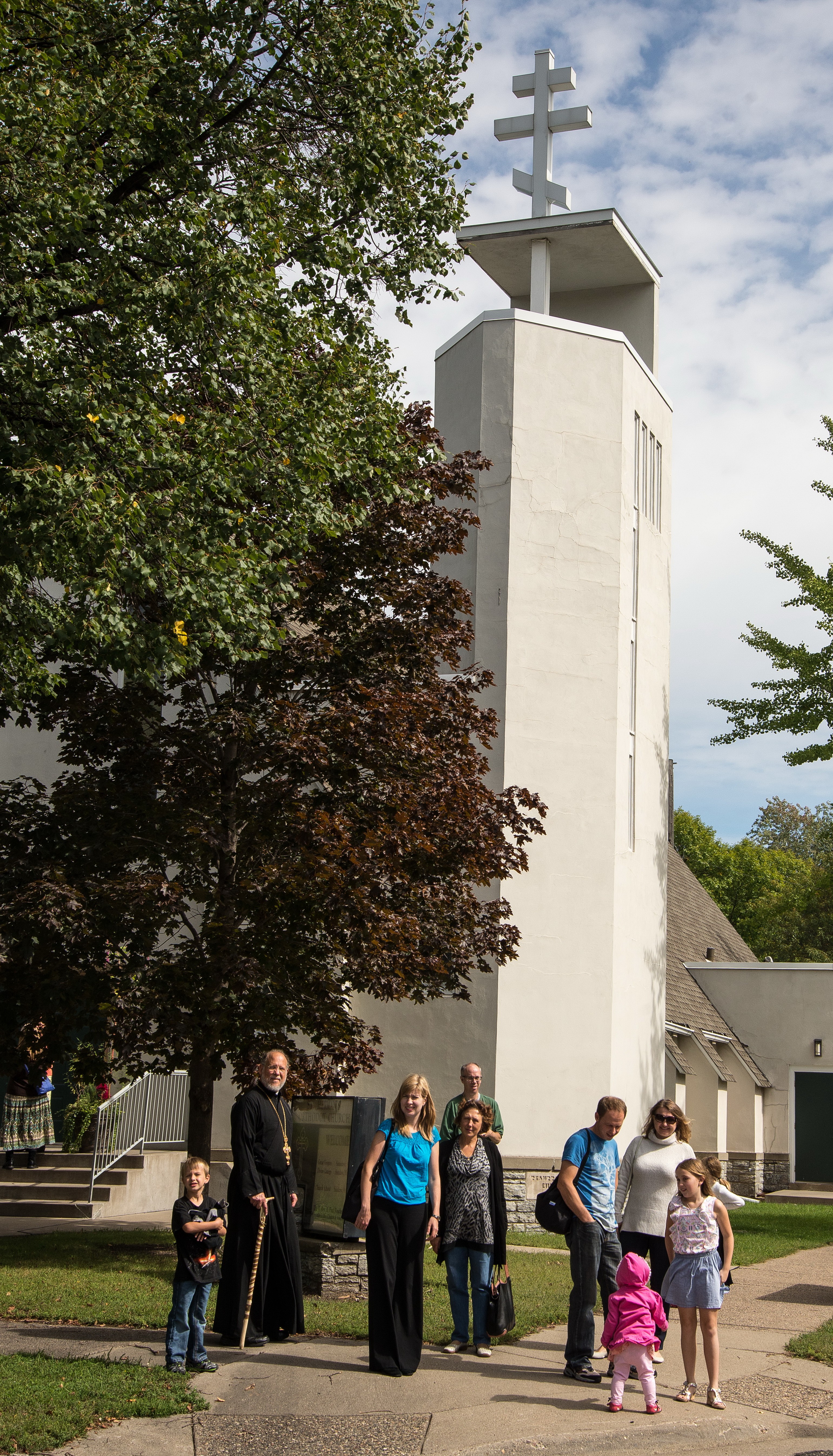Adults wishing to enter the communion of the Church go through three stages that can be compared to getting married. At the inquirer stage, one enters into a "dating" relationship with the Church. When one's inquiries satisfies one that the Orthodox Church is who she claims to be - the one, holy, catholic and apostolic Church, the body of Christ, the fullness of him who is all in all - one is welcome to become a catechumen. Becoming a catechumen is like getting engaged. At this stage, one learns not only about Orthodoxy but how to be Orthodox, how to live according to the Orthodox way. One is gently guided in the ascetic and moral disciplines of the Church. When one feels ready to die to the world in order to live for Christ in his holy Church, one is ready to be married to Christ by becoming a member of his bride, the Church, through Holy Baptism and/or Chrismation.
